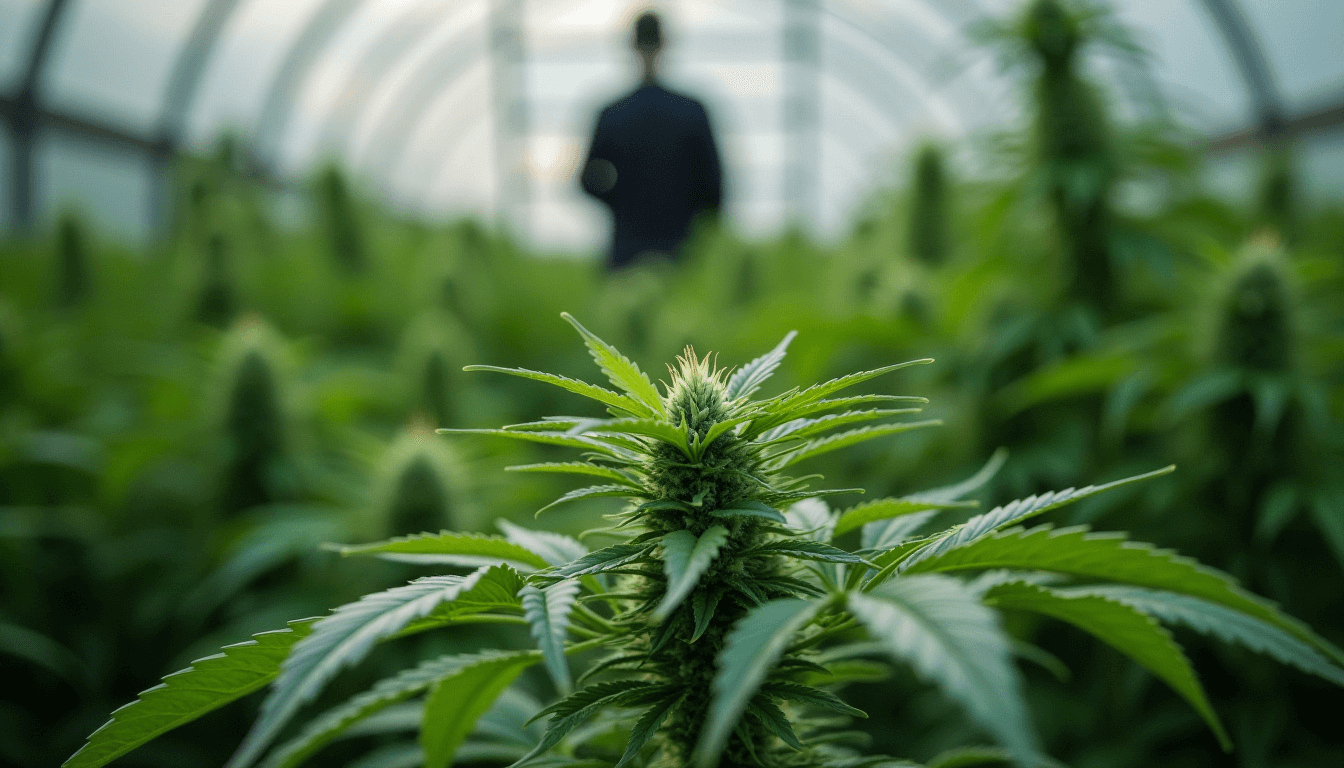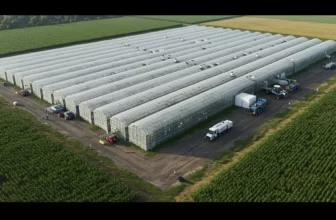The landscape of state cannabis programs in the United States is undergoing seismic shifts, driven primarily by proposed tax hikes in various states. These proposals have sparked a debate over revenue generation versus consumer engagement in the legal marketplace.
The Push for Higher Cannabis Taxes
Several states are considering or implementing significant tax increases on marijuana sales as part of their budget plans. For instance, Maine’s Governor Janet Mills has suggested raising the sales tax on marijuana from 10 percent to 14 percent starting January 2026. This change is projected to generate an additional $4.2 million in the first fiscal year and up to $11.5 million in the following year. Similarly, Maryland’s Governor Wes Moore is pushing to increase the tax rate on marijuana from 9 percent to 15 percent by mid-2026.
In Michigan, Governor Gretchen Whitmer is looking into a new wholesale marijuana tax aimed at licensed operators. Although she hasn’t specified the exact rate, it’s expected to contribute substantially to road repairs and other state needs. The goal here is not just to generate revenue but also to address the logistical burden that the burgeoning marijuana industry places on infrastructure.
Balancing Taxation with Market Growth
A key consideration in these tax hikes is how they will impact the legal marijuana market. High taxes might deter consumers from participating in the regulated market, which could undermine efforts to dismantle illegal cannabis operations. Nonetheless, the potential revenue benefits seem attractive enough for governors and legislators to pursue these increases. Wesley Smith, a political analyst, points out that while such measures can indeed bolster state funds, they must be carefully calibrated to avoid driving customers back to the black market.
Strategic Investments Alongside Tax Hikes
Contrary to simply raising taxes, some states are coupling these increases with strategic investments to nurture the cannabis sector. In Maryland, apart from increasing taxes, there’s a plan to invest $5 million into transforming a vacant armory in Catonsville into an incubator space for cannabis businesses. This initiative aims to support start-ups and foster innovation within the industry.
This blend of higher taxes and supportive policies indicates a nuanced approach to balancing state financial goals with industry growth. By investing in infrastructure and resources, states hope to create a sustainable ecosystem where legal cannabis businesses can thrive even amid higher tax rates.
Social Equity Considerations
An essential factor in these discussions is social equity. In Ohio, lawmakers have been contemplating changes that would affect the number of plants adults can grow and eliminate certain social equity provisions. Governor Mike DeWine, who opposes legalization but respects voter mandates, is exploring tax policies that echo pro-legalization sentiments. However, the focus remains on equitably distributing the benefits and responsibilities of legalized marijuana.
The Federal Dimension: Marijuana Rescheduling
At the federal level, marijuana tax policy has gained significant interest, particularly with the ongoing rescheduling process. If cannabis moves to Schedule III under the Controlled Substances Act as proposed by the Biden administration, it would allow state-licensed marijuana businesses to claim federal tax deductions previously prohibited under IRS code 280E. This shift would likely simplify the tax landscape for these businesses and reduce their overall tax burdens.
However, there’s anxiety within the cannabis market about upcoming federal and state policy changes. In California, for example, tensions are high due to a proposed 25 percent hike in the marijuana excise tax set to take effect this summer. As states continue revisiting their tax structures, cannabis businesses are keeping a close watch on how these adjustments will influence their operational costs and competitive positioning.
Industry Response and Adaptation
Cannabis companies are adapting to these regulatory shifts through strategic planning and lobbying efforts. Industry groups argue that excessive tax burdens can stifle business growth and make it challenging to compete with illicit operations. They advocate for balanced approaches that consider both revenue needs and the health of the legal market.
Some industry leaders, like Angela Harper of Greenleaf Dispensaries, suggest collaborative dialogues with policymakers to forge tax solutions beneficial to all stakeholders. There’s also an ongoing effort to educate consumers about the importance of supporting the legal market despite potentially higher prices due to increased taxes.
Future Outlook
The future of state cannabis programs will largely depend on finding a balance between tax policies and market realities. High tax rates promise substantial revenues, but they also pose risks to market participation and competitiveness. Policymakers must heed these complexities to craft regulations that support sustainable growth without compromising the very market they’re trying to support.
Ultimately, the evolution of tax policies in the cannabis sector reflects broader economic and social trends. As more states embrace legalization, the intricacies of taxation and regulation will continue to play pivotal roles in shaping the industry’s trajectory. Keeping a finger on the pulse of these developments will be crucial for stakeholders across the board.





